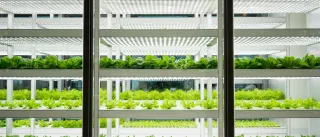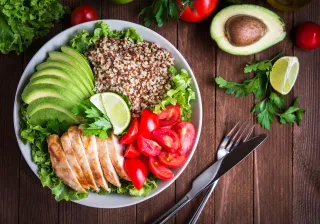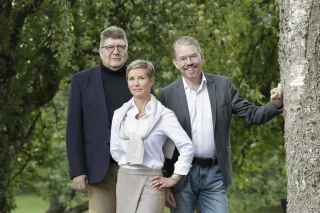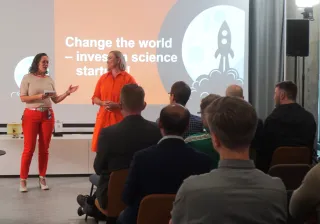New food sources and production methods are continuously being developed. In the future, consumers will want to eat tasty, healthy and sustainably prepared food.
More food is needed for the world's constantly growing population, but no new farmland is available. Animal feed is grown on nearly two-thirds of the cultivated land area, and agriculture now produces over a quarter of all greenhouse gases.
– But new food sources can be found, says Kaisa Poutanen, Research Professor at VTT.
Food without fields
Poutanen explains that the food production chain needs to be rethought in order to make smarter use of resources:
– More arable land should be used for food production than growing feed. Production side streams, which are currently wasted, should be more effectively used so that they become part of mainstream food production.
– Food can also be produced without fields, e.g. by using vertical multilayer cultivation and by growing food in cell cultures based on various side-streams. Even atmospheric carbon dioxide can be used as nutrition for microbes in food production. New sources of protein are being derived from materials such as fungi and algae, and genetic engineering can be used to produce animal proteins using microbes.
The use of vegetables and vegetable-based food is increasing and, in the future, animal feed and food ingredients will be prepared from insects.
Convenience and personalised food
– Food must be tasty, healthy and sustainably produced. In markets based on abundance, modern consumers want food with which they can express themselves: no new food concept can break through without the acceptance of consumers. That is why we need to develop future food production on the consumer's terms, says Poutanen.
Consumers are seeking new experiences, services and convenience. Food production is being brought closer to the consumer, in such a manner than food can be tailored at the point of purchase or through an online service. In the future, consumers will use snack vending machines in a workplace or local shop to assemble a personalised, healthy meal made of semi-prepared and fresh ingredients.
The production of personalised food services may be based on agile manufacturing methods, new delivery methods and a new kind of logistics, artificial intelligence, sensors, communication on food packaging based on printed intelligence, as well as augmented reality.





